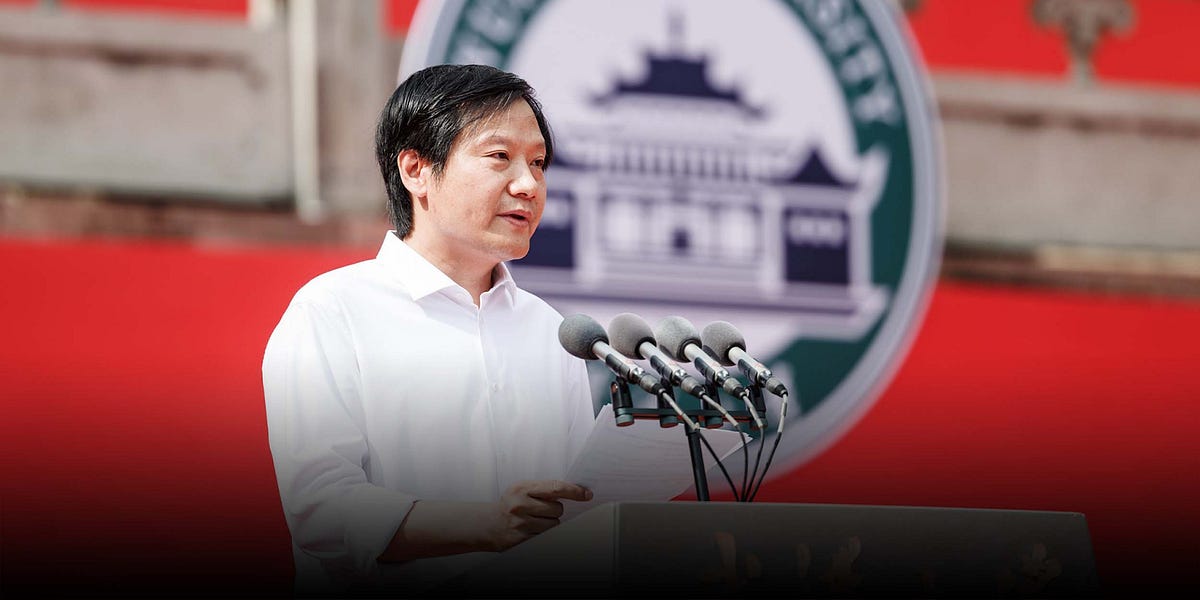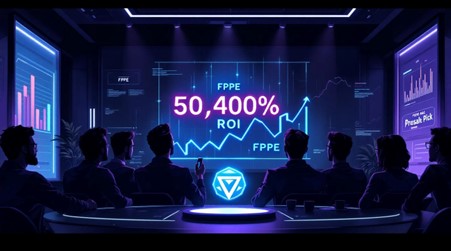CFA: Exploring technologies through imaginary worlds
Background:
We live in a time of rapid scientific and technological advancement, encompassing fields ranging from artificial intelligence, quantum computing, biotechnology, and nanotechnology to climate or geoengineering. These emerging sciences and technologies come with the promise of changing our world in unprecedented ways and creating new situations for our everyday life. Technology assessment (TA), which has played an important role in guiding the development of emerging technologies and providing knowledge for decision-makers since the 1970s, is particularly challenged to anticipate and explore the new situations that may arise from technological progress.
As early as the 1940s, science fiction author Robert Heinlein (1947) wrote an essay entitled “On the writing of speculative fiction,” in which he outlined an approach to science fiction (SF) that goes beyond merely introducing new technological gadgets, as was common in SF before. Instead, Heinlein was primarily concerned with how humans adapt to and deal with the novel situations brought about by these technological advancements: “The story is not about the new situation; it is about coping with problems arising out of the new situation” (Heinlein 1947, p. 3). His approach points to the similarities between science fiction and technology assessment. It is the intersection between the two fields that is the focus this TATuP Special topic.
What is at stake?
SF and TA have different goals and different epistemologies: The former aims to entertain with speculative and often unrealistic scenarios, while the latter aims to inform their audience with sound knowledge based on scientific methods and comprehensible research. What sounds like a contradiction at first holds the potential to complement each other, as Miller points out: “Taken together, the two approaches provide a full picture of the potentials, with some overlap” (Miller 2015, p. 109). The notion of SF as “narrative technology assessment” (Steinmüller 2016, p. 328) can be traced back to the so-called golden age of science fiction in the 1930s in the United States, when publicists such as Joseph W. Campbell and authors such as Isaac Asimov or the above-mentioned Robert Heinlein focused not only on new technologies but above all on their social impact.
Today, this perspective seems more relevant than ever. Inspired by the rapid pace of real-world technological progress, many contemporary authors also turn their attention to technologies and their impact on everyday life. Cory Doctorow’s work in the field of digitalization, Chen Qiufan’s focus on AI, or Larissa Lai’s exploration of genetics are examples of this type of SF, to name but a few from different cultural backgrounds. This perspective on SF as a sociotechnical thought experiment has established itself as a characteristic of the genre and has also been taken up by fields outside of SF.
For example, Alex McDowell, the set designer of the film Minority Report, describes SF as a space in which to prototype detailed interactions between new technologies, potential users, and the worlds they live in (von Stackelberg and McDowell 2015, 32). Worldbuilding in particular can provide approaches to explore potential ethical issues within sociotechnical systems (Zaidi 2019; Fischer and Mehnert 2021). In a similar vein, former Intel futurist Brian Johnson (2011) speaks of science fiction prototyping and describes it as a way to use speculation about new technologies as an ideation process for the industry. The German futurologist and SF author Karlheinz Steinmüller speaks of epistemological science fiction, in which various aspects of new technologies, such as prerequisites or consequences, are explored (Steinmüller 2016, p. 321). In the context of responsible research and innovation, Stahl et al. (2014) state that writing SF can help developers explore and better understand the social, ethical, and cultural implications of the technologies being developed (p. 82). SF story writing has also found its way into the training of engineers and developers (Berne and Schummer 2005), and various educational institutions use SF as a resource and heuristic. The Center for Science and the Imagination at the Arizona State University and the (recently closed) Future of Humanity Institute at the University of Oxford draw on SF to think about the future in different contexts and to understand the complex consequences that might result from postulated technological change (Vint 2021, p. 42).
At the same time, the imaginaries depicted in SF have an impact on the discourse on technology. Despite the potential problems of creating unrealistic, techno-optimistic, or techno-dystopian views, SF shapes expectations and the public understanding of technologies, e.g., through the depiction of AI in SF films (Hammele 2024). By interpreting SF as assumptions about the future that reveal more about the present than about the actual future, it becomes particularly valuable for hermeneutic technology assessment (Grunwald et al. 2023). Science fiction, understood as a seismograph for social hopes and fears, can serve as a critical and reflexive approach to analyzing recurring cultural patterns in SF narratives, as is done in SF and cultural studies, among others (Schmeink 2017; Mehnert 2021). Such an approach can help understand how meaning is ascribed to emerging technologies and thus enrich the discussion on hermeneutic methods of TA.
Against this background, we are looking for the complementary spaces between SF and TA. With the proposed TATuP Special topic on Exploring technologies through imaginary worlds, we aim to better understand and exploit the potential of using SF as a genre, heuristic, unique epistemology, source of knowledge, or method for TA and to highlight the theoretical and practical intersections of both worlds. We invite researchers from different fields, such as technology assessment, foresight, science and technology studies, future studies, literature, cultural and media studies – in particular science fiction and fantasy (SFF) studies – as well as practitioners from fields such as science communication, design (design fiction) and the arts (speculative design), or engineering to contribute their perspectives on the intersection between SF and TA.
As guest editors, we would like to collect research articles that integrate (among others) speculative thinking or analyses of SF into TA processes to share their methodologies, case studies, and
experiences.
We want to explore questions like these:
- What are the differences and similarities between SF and TA in practice? To what extent can an SF approach to emerging issues contradict a more traditional TA approach, and vice versa?
- How can TA use the repertoire of concepts from SFF studies (imaginaries, expectations, promises, etc.) to master the balancing act between science and fiction?
- What opportunities does SF hold for TA? What kind of target groups may be reached with SF that cannot be reached with traditional TA? Which ones rather not?
- How can SF-approaches (e.g., worldbuilding or storytelling) be integrated into TA studies and complement current tools and methods?
- In which phases of TA processes could an SF approach be helpful?
- How might TA be affected by an SF epistemology and how can conflicts that may arise from speculative perspectives be resolved?
- To what extent does SF contribute to the (often unrealistic) expectations of emerging technologies and what impact does it have on TA debates?
- What knowledge does SF hold that TA can use, for example, to understand the deeper cultural aspects in the discourses on emerging technologies?
- How does SF affect technological development, e.g., through the creation of political counter-narratives or a critical view of the power relations around emerging technologies?
We invite research articles that address the following topics, for example:
- Use cases and reflections on approaches to integrating SF in TA
- Comparative analyses of historical SF texts dealing with the social impacts of then-new technologies
- Articles dealing with the long history of SF and TA and their various waves of convergence and divergence
- Critical analysis of the potential and overhyped promises of using SF for technology assessment
- Discussions on the understanding of SF as foresight as well as critical contributions to the metaphorical use of emerging technologies to comment on contemporary issues
- Hermeneutic analysis of the meaning attributed to emerging technologies in SF and operationalization of this knowledge for TA
- Cultural knowledge inscribed in SF that diffuses into other discursive fields (e.g., technological development) and their transformation processes
We particularly welcome perspectives that challenge an Anglo-American and Eurocentric view based on literature and examples from non-Western countries.
Special topic guest editors
- Wenzel Mehnert, Austrian Institute of Technology (AIT), Vienna, AT,
[email protected]
- Isabella Hermann, Stiftung Zukunft Berlin, Berlin, DE, [email protected]
- Syamsuriatina Ishak, Faculty of Law, Maastricht University, Maastricht, NL,
[email protected]
- Lars Schmeink, German Aerospace Center (DLR), Köln, DE, [email protected]
- Andreu Belsunces Gonçalves, Universitat Oberta de Catalunya, Barcelona, ES,
[email protected]
How to submit
- We encourage the submission of manuscripts in English (US), but German versions are also welcome.
- Please submit your abstract by 18 July 2025 at the latest via e-mail to [email protected].
- Length of the abstract: max. 1.5 pages.
- The editorial office will communicate with the author submitting the abstract.
- Please state full names, e-mail addresses, and institutional affiliations of all co-authors.
Editorial process outline:
- 18 July 2025 Submit your abstract
- July 2025 Notification of invitation or rejection to submit research articles
- October 2025 Deadline for submission of research articles, followed by peer review
- January 2026 Feedback from the reviewers, followed by revision by the authors
- February 2026 Submission of the revised research articles
- April 2026 Further revisions, if necessary
- May 2026 Editorial deadline
- July 2026 Publication (print and online)











